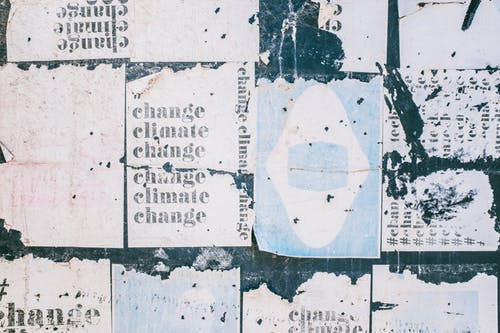
In a study entitled Proceedings of the National Academy of Sciences, lead author Noah Diffenbaugh explained that economic growth of poor countries have decreased due to the rise of global warming since the 1960s. The increase of greenhouse gases have improved conditions for countries with cool climates like Norway and Sweden, while inversely affecting warmer countries like India and Nigeria.
The study looked at how the wealth per person in economically challenged countries dipped by 17 to 30 percent from 1961 to 2010. This, in turn, increased the economic inequality between countries that have high and low economic ranges by around 25 percent.
Historical temperature and GDP data shows that annual temperature fluctuations have a direct effect on economic growth. Countries with cooler climates have become more productive due to the increasing temperature, allowing them to produce more crops and give the people a more ideal climate to live in.
The study also used various climate models to determine how each country’s economic output might have played out if global warming wasn’t a factor. For tropical countries that already have temperatures outside the ideal range for economic growth, there was no significant change. Likewise, there was less than a 10 percent difference in economic impact for countries in the middle latitudes like the United States and China.
The accumulated effects of rising temperature have affected some countries like India, which the study noted has had an economic decrease of up to 31 percent. While some countries have seen a rise of up to 10 percent in their GDP because of the current global warming conditions, this number may eventually decrease as the current trends in temperature increase continues.
Other Effects of Global Warming
The third and fourth National Climate Assessment Reports explained the long term effects of climate change in the United States if there are no major steps that will be taken to change the situation.
Global temperatures are expected to rise in the next few decades, as the increase of trapped greenhouse gases in the atmosphere are still on the rise. The increased temperature is expected to change other global factors like the increase of sea levels, more droughts, highly varied precipitation patterns, stronger hurricanes, and the melting of the polar ice caps.
Many groups are already campaigning for change to improve conditions and are directly addressing industrial companies to implement greener initiatives. Campaign materials like custom wristbands or event wristbands and t-shirts have become more commonplace as these are commonly used to spread advocacy messages of enacting change for the good of the environment.
(via Stanford’s School of Earth, Energy & Environmental Sciences)

